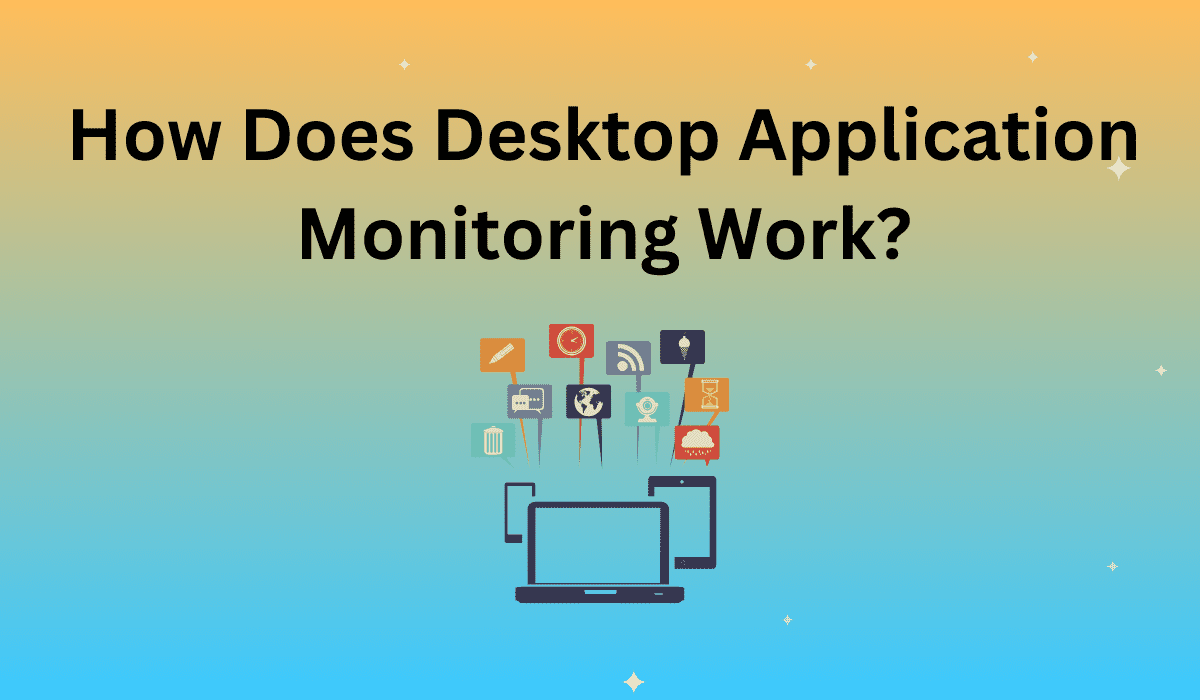Supporting desktop apps for a variety of environments can be tricky for developers. That’s why rigorous desktop app monitoring is necessary. This article explores the issues and solutions in desktop application monitoring.
Common Issues in Desktop App Monitoring
Legacy applications tend to be the driver for businesses to achieve revenue goals. Despite having the standard legacy challenges like not working as they should or with the new network ecosystems they continue to drive a lot of decisions in the enterprise network.
The challenge is that not all applications are built the same and some legacy applications don’t have the standard APIs or connections to enable complete monitoring of these applications. Sometimes legacy applications create a monitoring black hole where nothing goes in or out. The only way to close said black hole is with the right visibility to deliver the KPIs to make better-informed decisions for the enterprise.
You don’t want to give the impression that this is something out of the ordinary as desktop application monitoring of legacy systems is very similar to conventional monitoring. The usual way to monitor these applications is to script at the network protocol level. But what happens when the legacy applications don’t fit the standard model. A good example is the many desktop applications that tie to local processing.
Solutions for Desktop App Monitoring
Of course, there is hope for monitoring these desktop/legacy applications. With the right tool, organizations can create real user/application uptime based on usage. No matter your opinion, monitoring legacy applications and ensuring they are running properly and running at top level is important to the bottom line of any business.
One great place to start is with the data from monitoring the performance of the applications. With so many options out there, it is no wonder that enterprises have multiple tools monitoring the same data. The key is to deploy advanced scripted capabilities to ensure performance.
Scripting the right way includes proper writing like commands, fields on images and colors and state. This detailed scripting provides such a wide spectrum of elements for monitoring each step in the user’s journey. This can be very difficult to program and highlights the importance of using a solution that includes many of these scripted elements already built into its functionality.
Apica’s Desktop Application Check
As pioneers in performance monitoring, we see Synthetic monitoring as the best way to monitor performance across website applications and APIs. Tied to this is the scripting capabilities that ensure you have greater visibility into legacy application performance. Apica’s Desktop Application Check delivers the following:
- Monitoring for Any Windows Desktop Application – such as Citrix, Thick Clients, Apps and Terminal emulation Vt200,3270
- Assurance that your User’s Desktop Apps are Always Available
- Recording, Scripting and Playing Back from Anywhere
- Continuous Intelligence
- With Apica’s application performance, monitoring your business can be at the forefront of delivering the best digital experiences for your customers.











